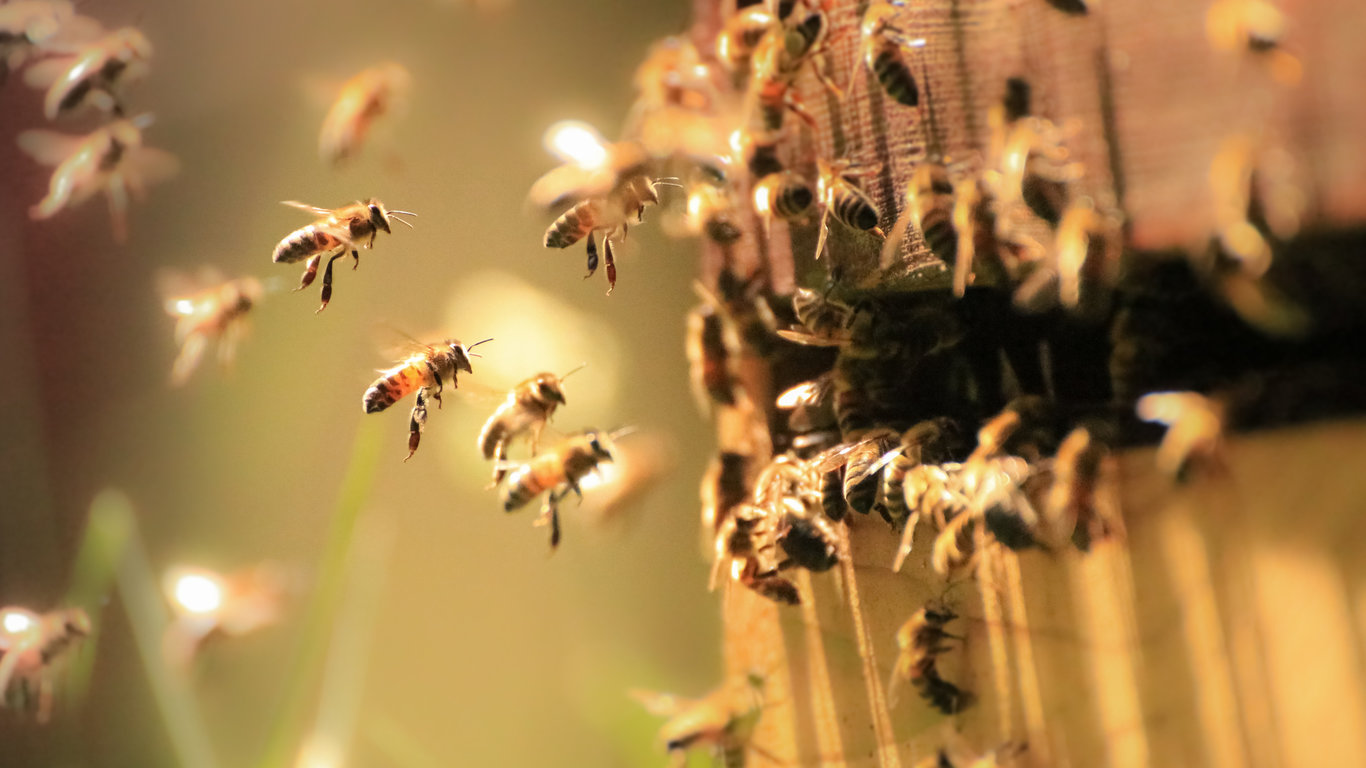Special Report
Why Are Bees Dying and Why We Should Save Them

Published:
Last Updated:

For more than a decade, the bee population has been dying at an alarming pace in the United States and around the world. Bee colonies have been dying off at an average rate of 29% each year since 2006. Lastyear was particularly deadly, with 38% of the bee population perishing. We need to save the bees because of the critical role they play in our ecosystem.
There are many factors behind the loss of bees. Climate change, pesticide use, loss of habitat, pollution, and parasites and predators are among other reasons.
Climate change is a major threat to the bee population. Research has shown that, as the planet warms, bees are less able to adapt than other animals and are failing to move north or thrive in new environs. Another climate problem is that warming temperatures disrupt the synchronization between plant flowering and bee activity, which can be thrown off as flowers bloom earlier each year. Their nectar and pollen may not be as available as a food source for bees and plants may be deprived of bee pollination.
Pesticide use has had an adverse effect on bee populations. Researchers point to a pesticide called neonicotinoid, a chemical similar to nicotine, which is poisoning bees. A Harvard School of Public Health study found a link between the use of two neonicotinoids and the collapse of honey bee colonies.
Habitat loss from agriculture, land degradation, and suburban sprawl is also paring the number of bees. The replacement of small, diverse farms with massive, single-crop agricultural enterprises decreases bee habitat and reduces ecological diversity.
Not surprisingly, air pollution poses a major threat to the bee population. Pollution, particularly from auto emissions, breaks down the scent molecules of plants, and bees become confused in their search for a flower scent and take longer to find food.
Other threats include parasitic mites, which feed on bee blood and possibly introduce disease to the colony, and bears, whose territories are expanding because of preservation efforts.
The decline of the bee population has dire consequences for the ecosystem. Besides providing food for other organisms, pollination allows for the conditions for floral growth, creating environments for animals. Bees collect pollen and nectar for food supplies, and move pollen from male flower parts to female receptors, thus fertilizing the plants.
According to the Food and Agricultural Organization of the U.N., 78% to 94% of the Earth’s flower- and seed-producing plants depend on bees and other animal pollinators to live.
The diet of humans would be adversely impacted by a world without pollinators. We would no longer have the profusion of fruits, nuts, and vegetables that vary our meals, not to mention the loss of foods that are healthful. These are the crops that would be most affected if honey bees disappeared.
There’s an economic incentive to save the bees. Increased crop yields attributed to honey bees — the most important pollinator of any bee species — add $15 billion to the American economy each year.
People are aware of the demise of the bee population. The U.S. Fish and Wildlife Service listed the bumble bee as endangered in 2017, becoming the first wild bee in the continental United States accorded federal protection. The plight of bees reflects the current ongoing wave of animal and plant extinction, the worst since the dinosaur era. Here are 10 species that may have recently gone extinct.
Five years ago, President Barack Obama created a Pollinator Health Task Force to provide resources to stanch the loss of bees. The United States Department of Agriculture also announced incentives for farmers to build habitats for honey bee populations. On local levels, people are being encouraged to plant more and diverse flowers to assist in the growth of bee populations.
Greenpeace and other organizations are promoting ecological agriculture as a viable alternative to current farming practices that are geared to less diverse, bigger farms. It is an approach that employs organic farming methods and principles and emphasizes the production of healthy food while protecting soil, water, and wildlife; reduces the use of fossil fuels and emissions of greenhouse gases; and restores natural ecological systems.
Thank you for reading! Have some feedback for us?
Contact the 24/7 Wall St. editorial team.